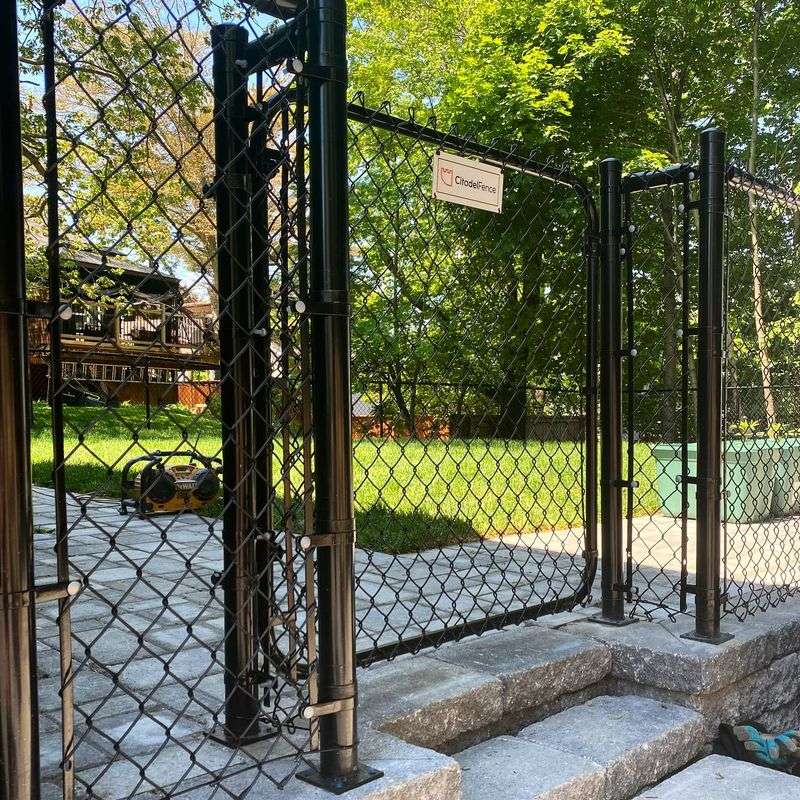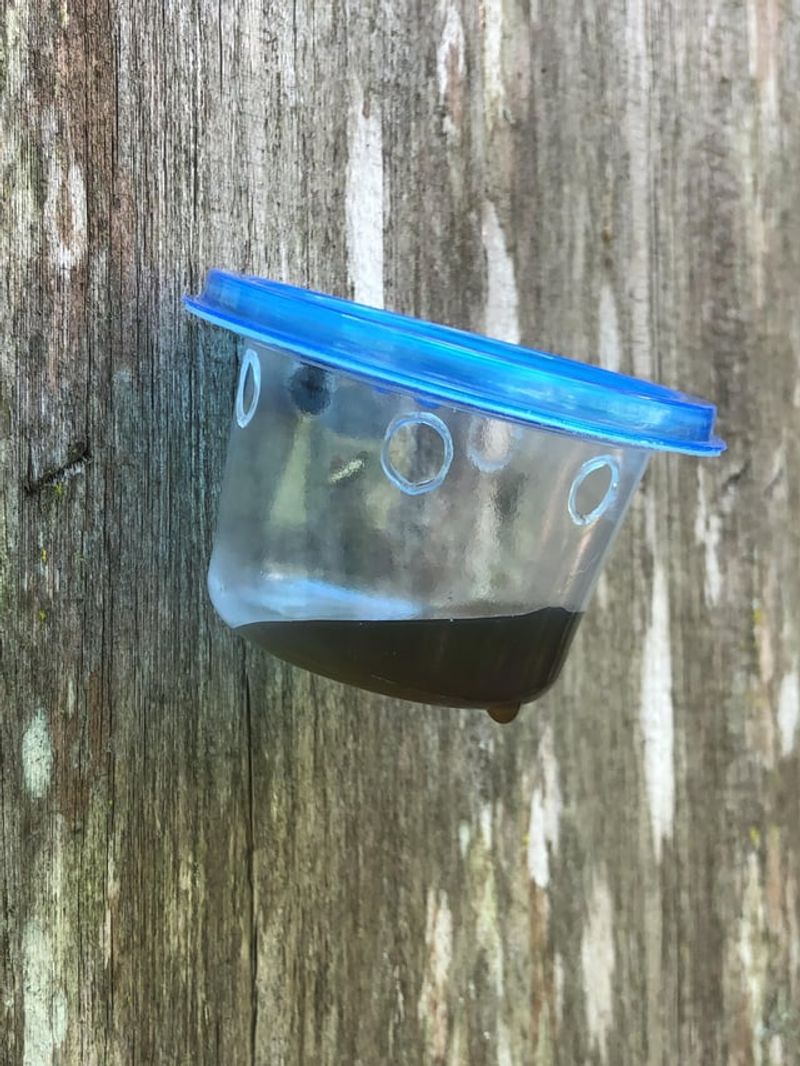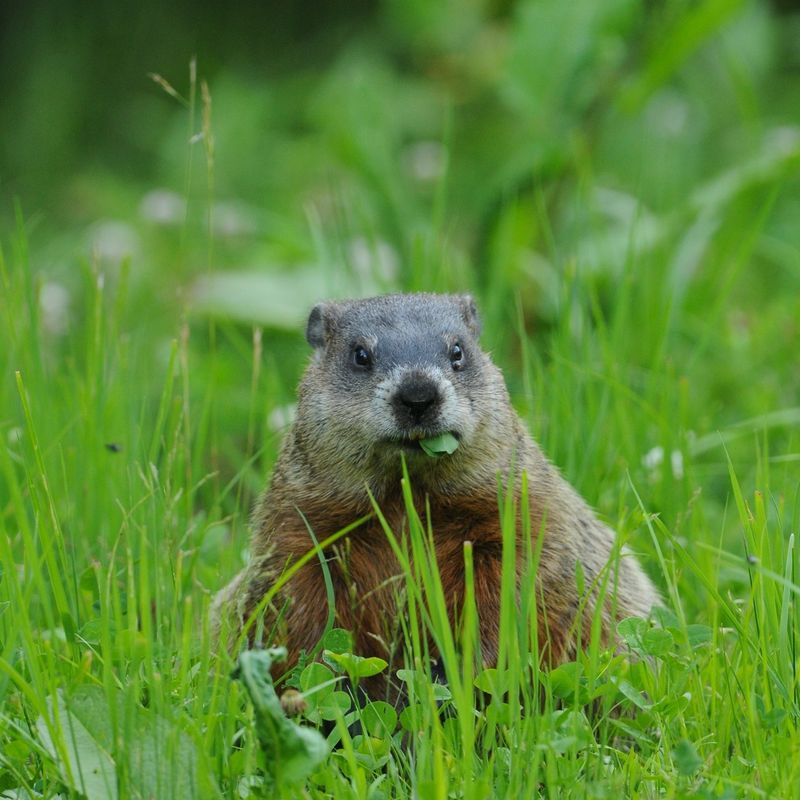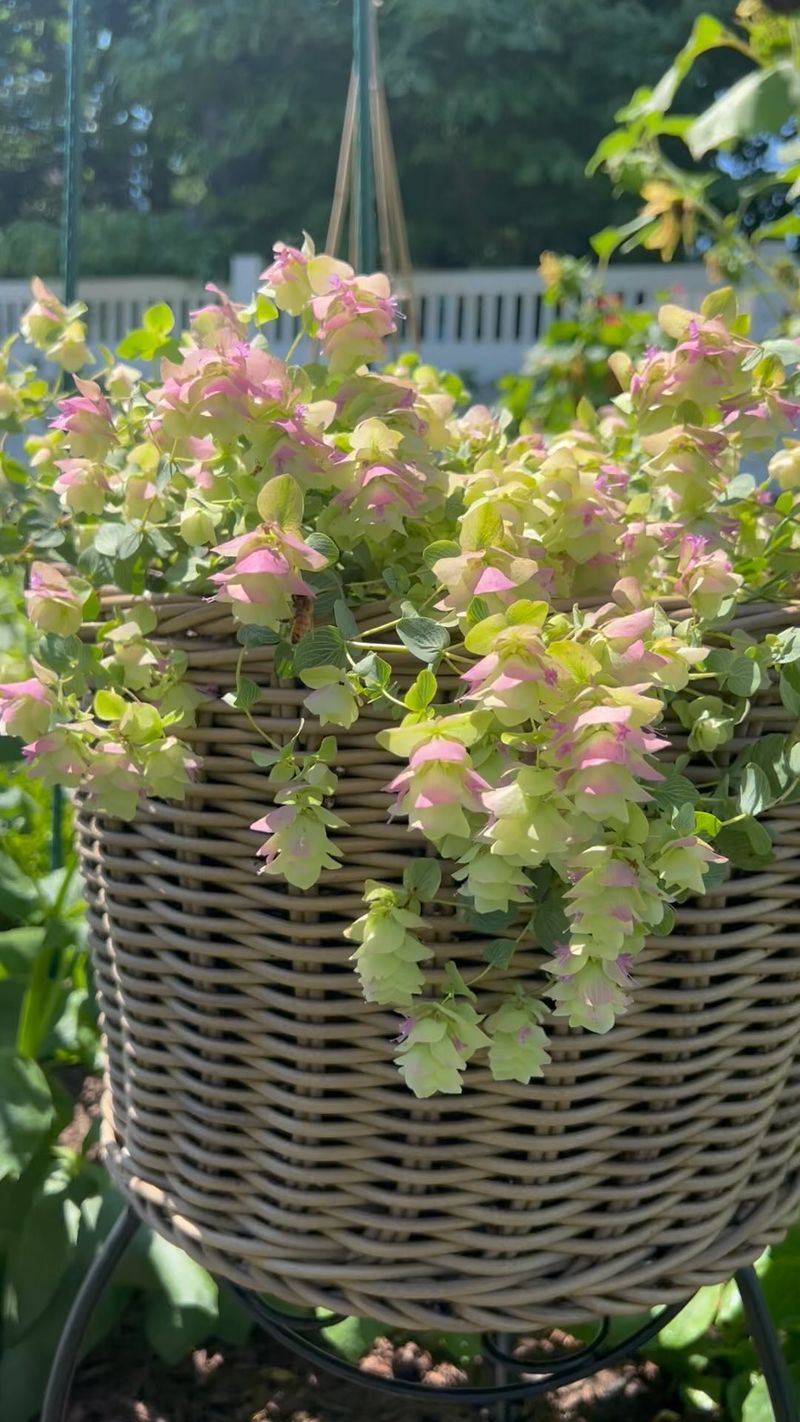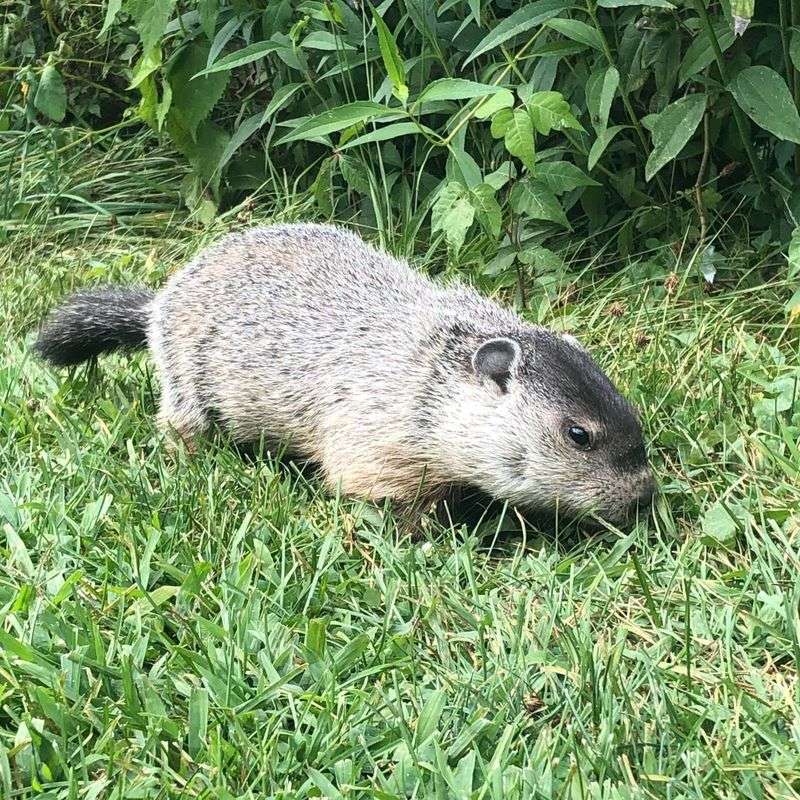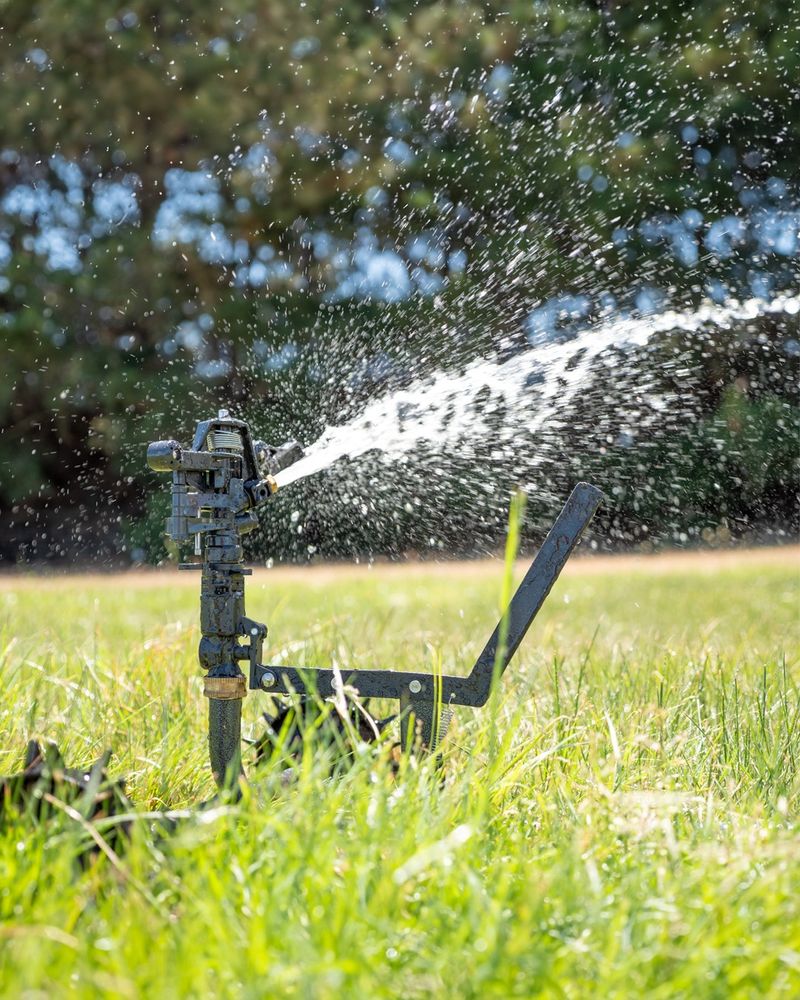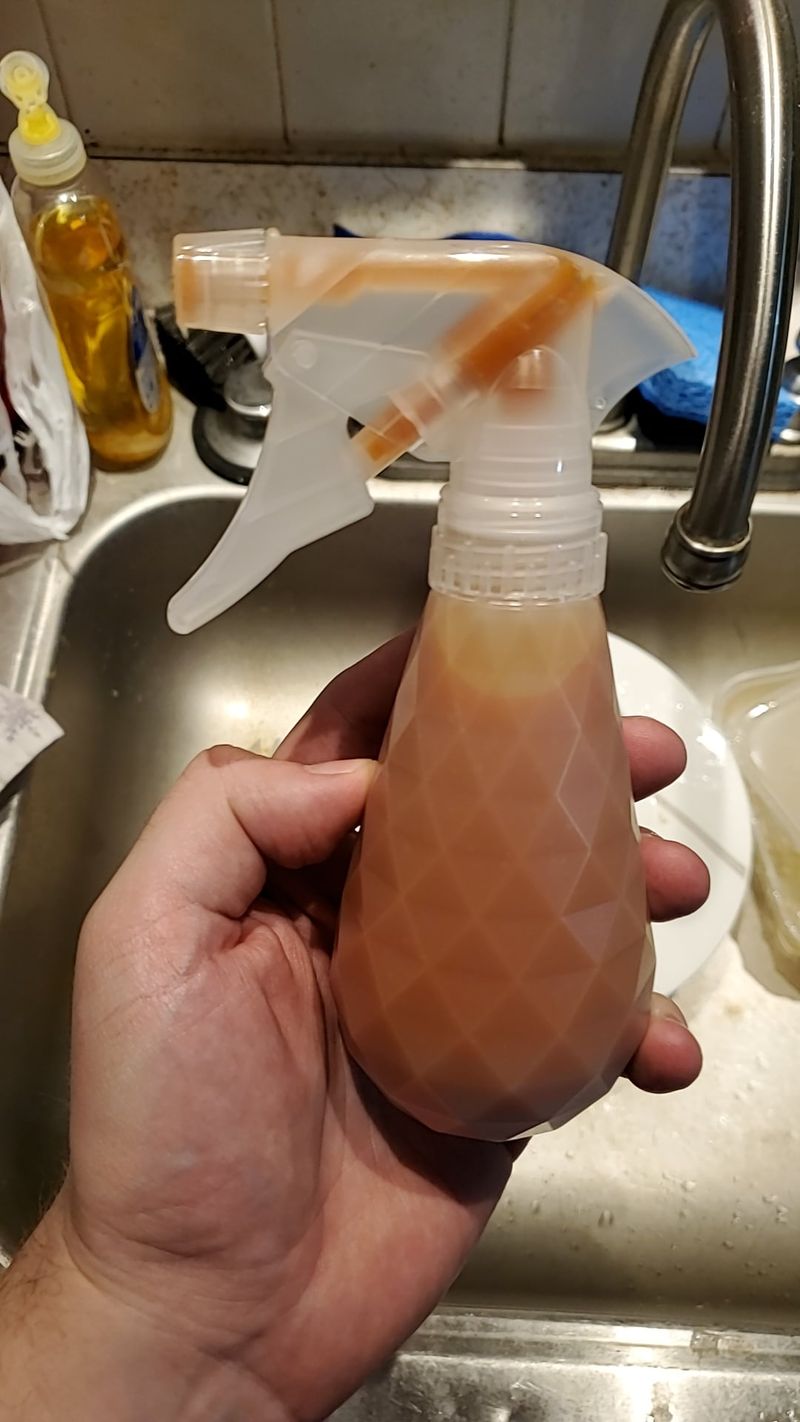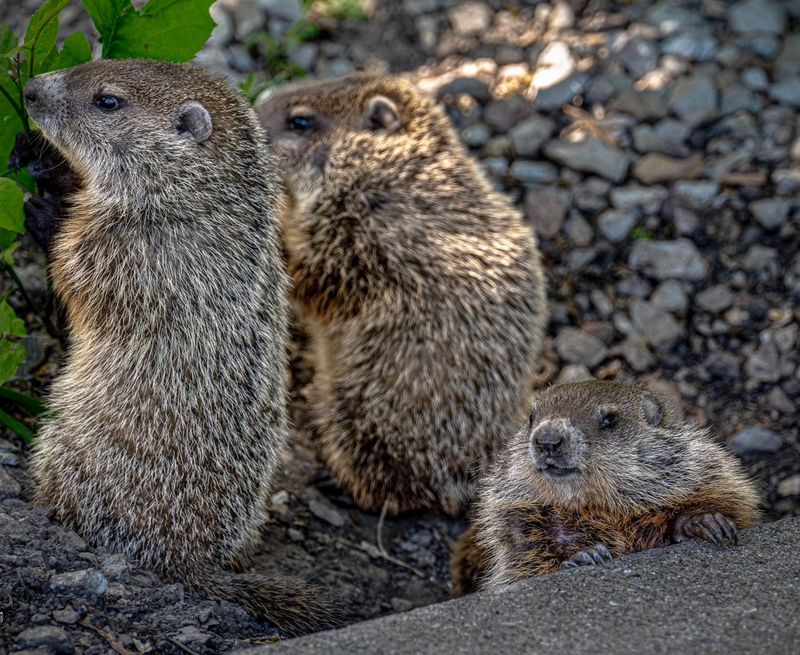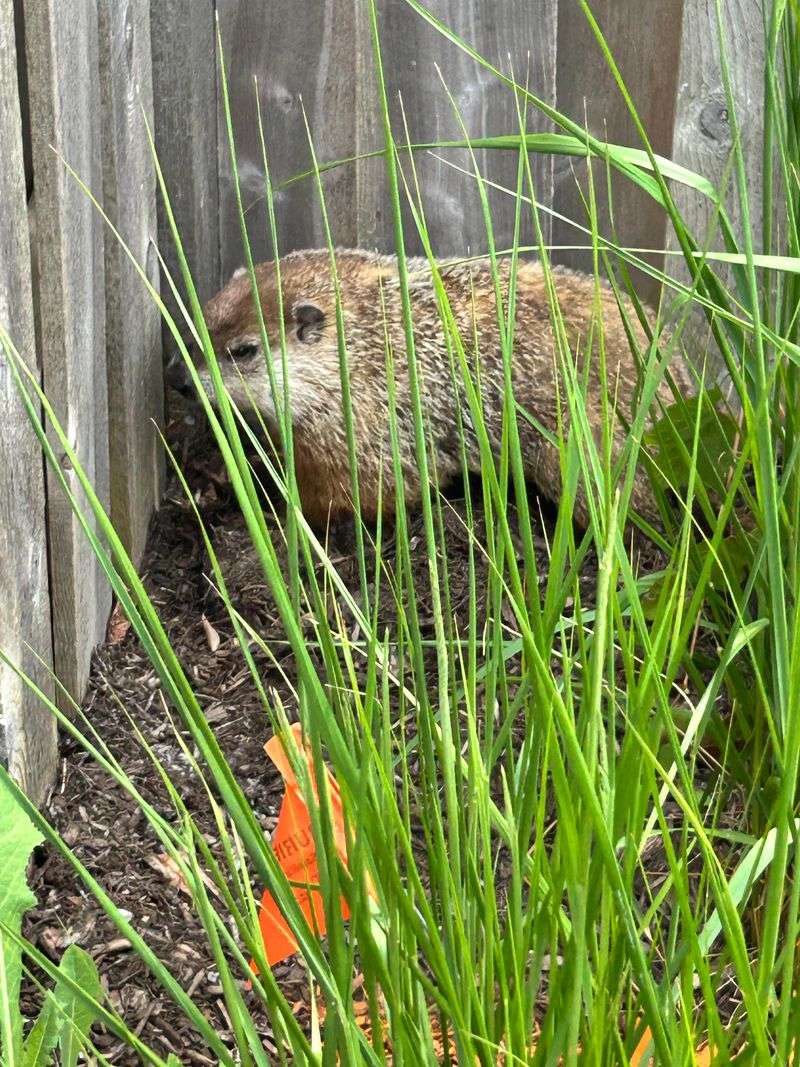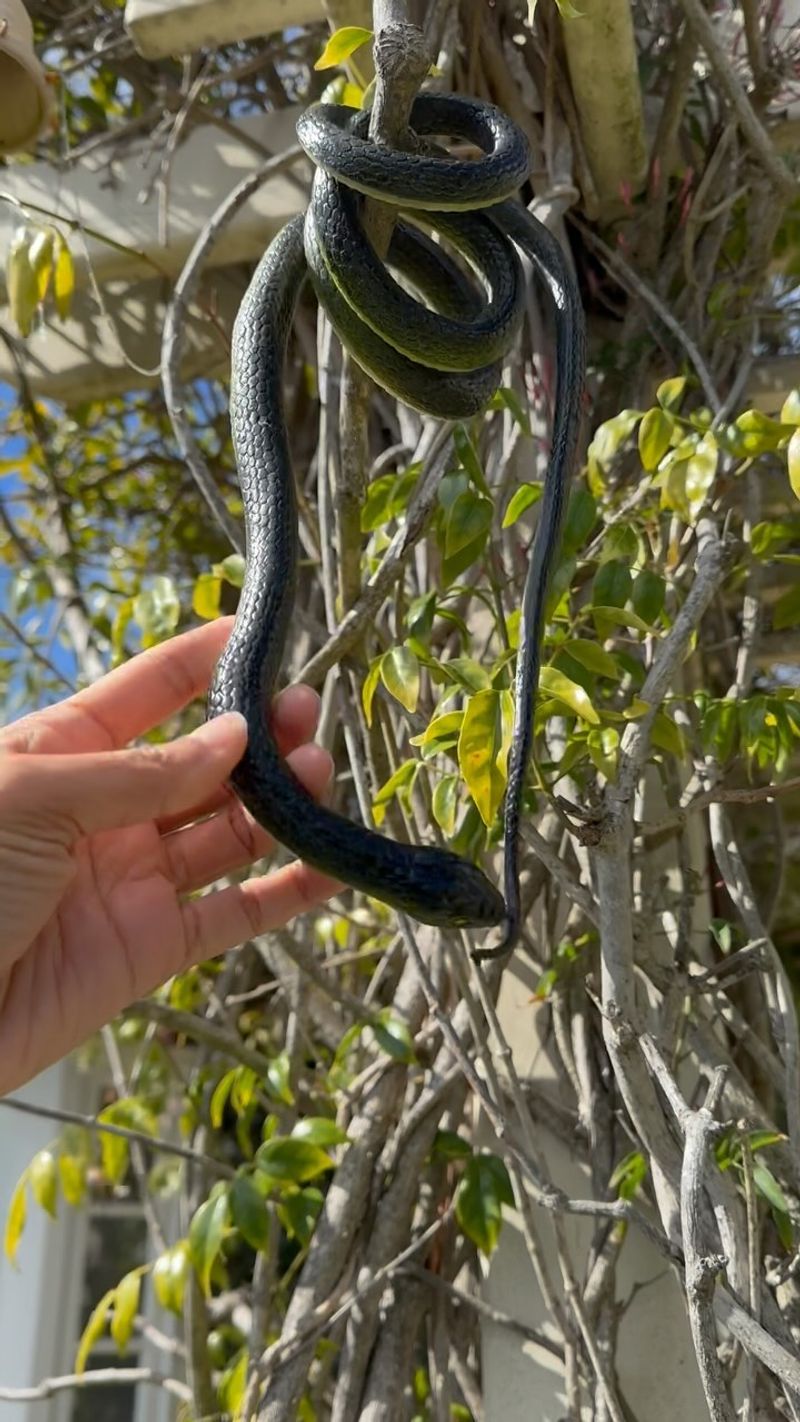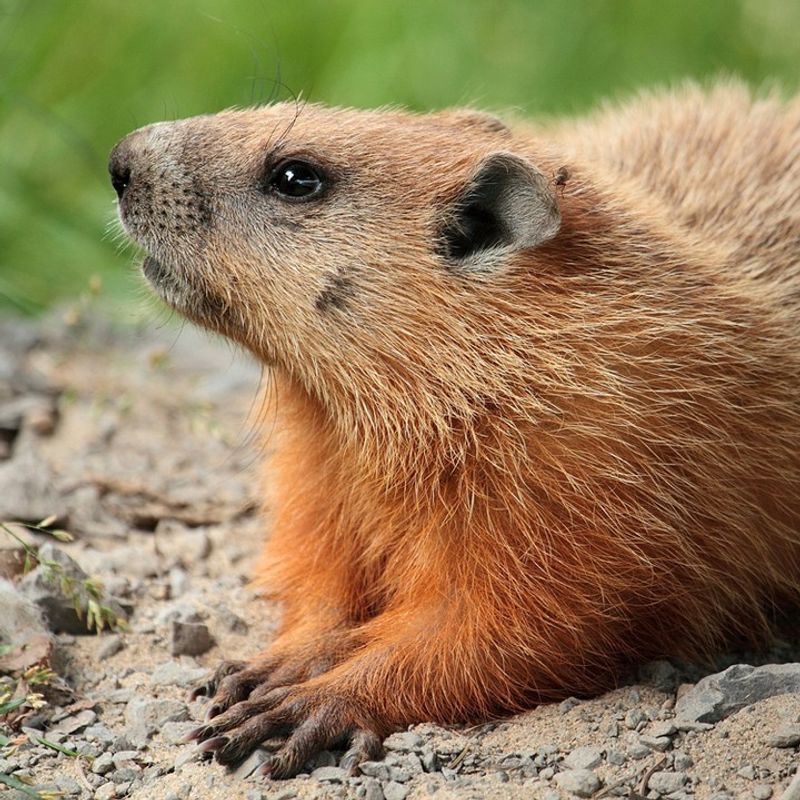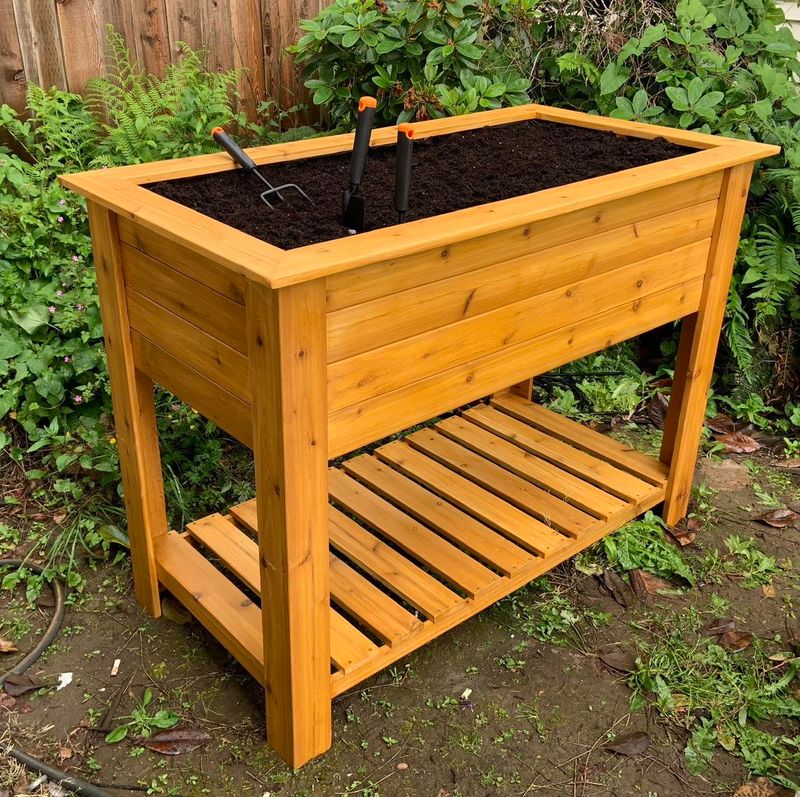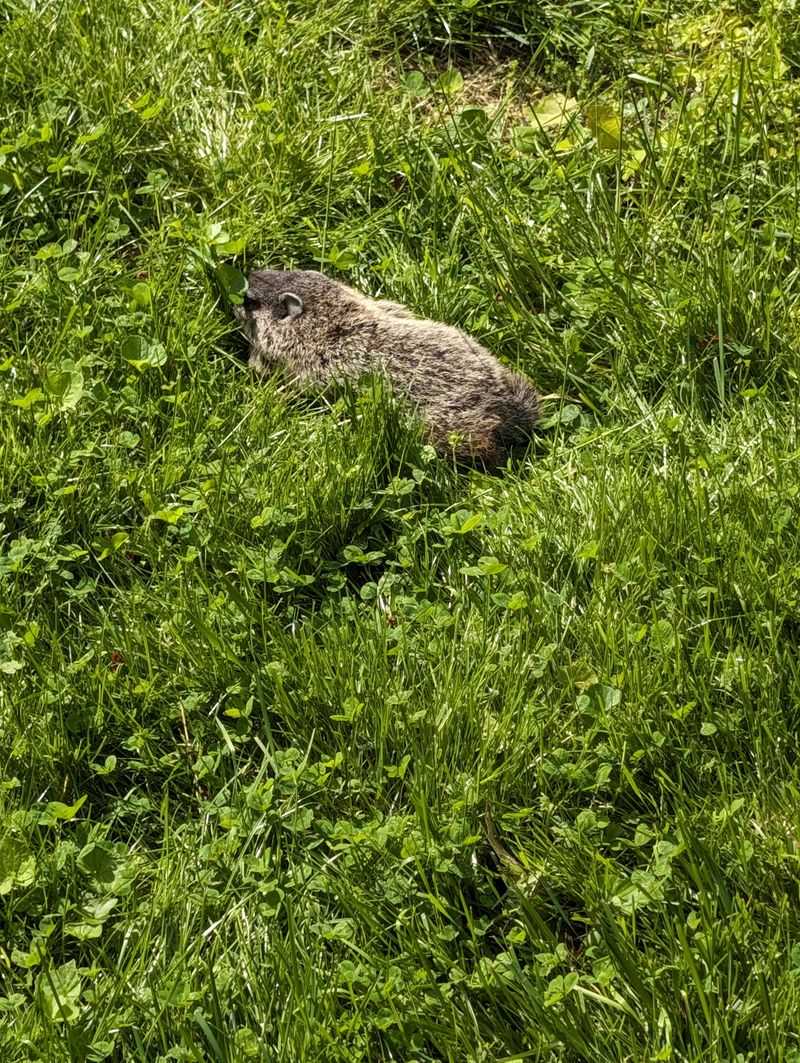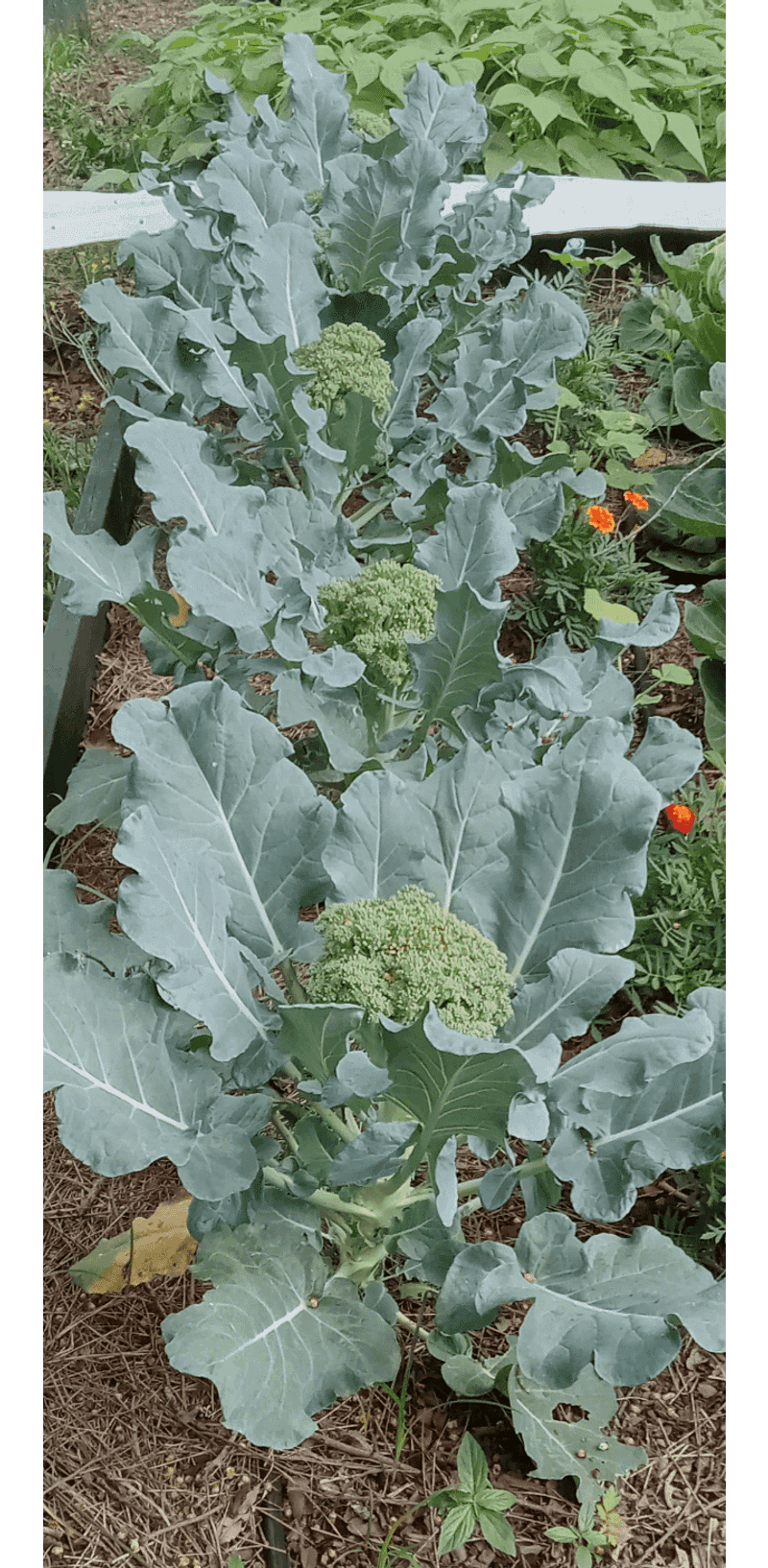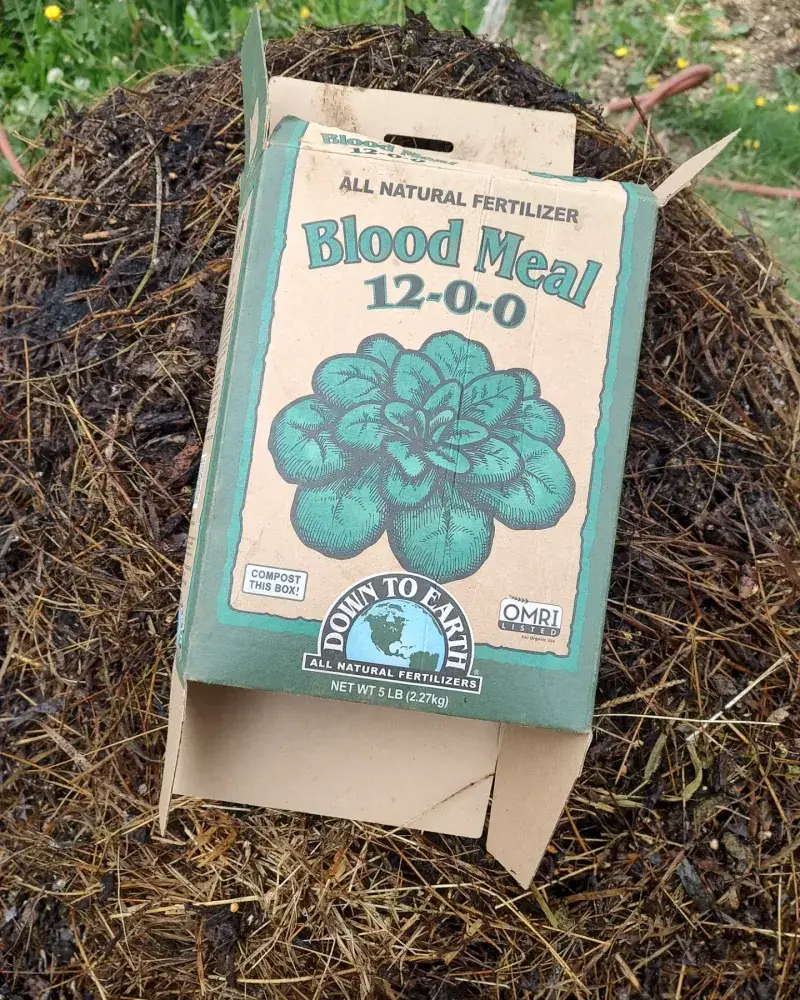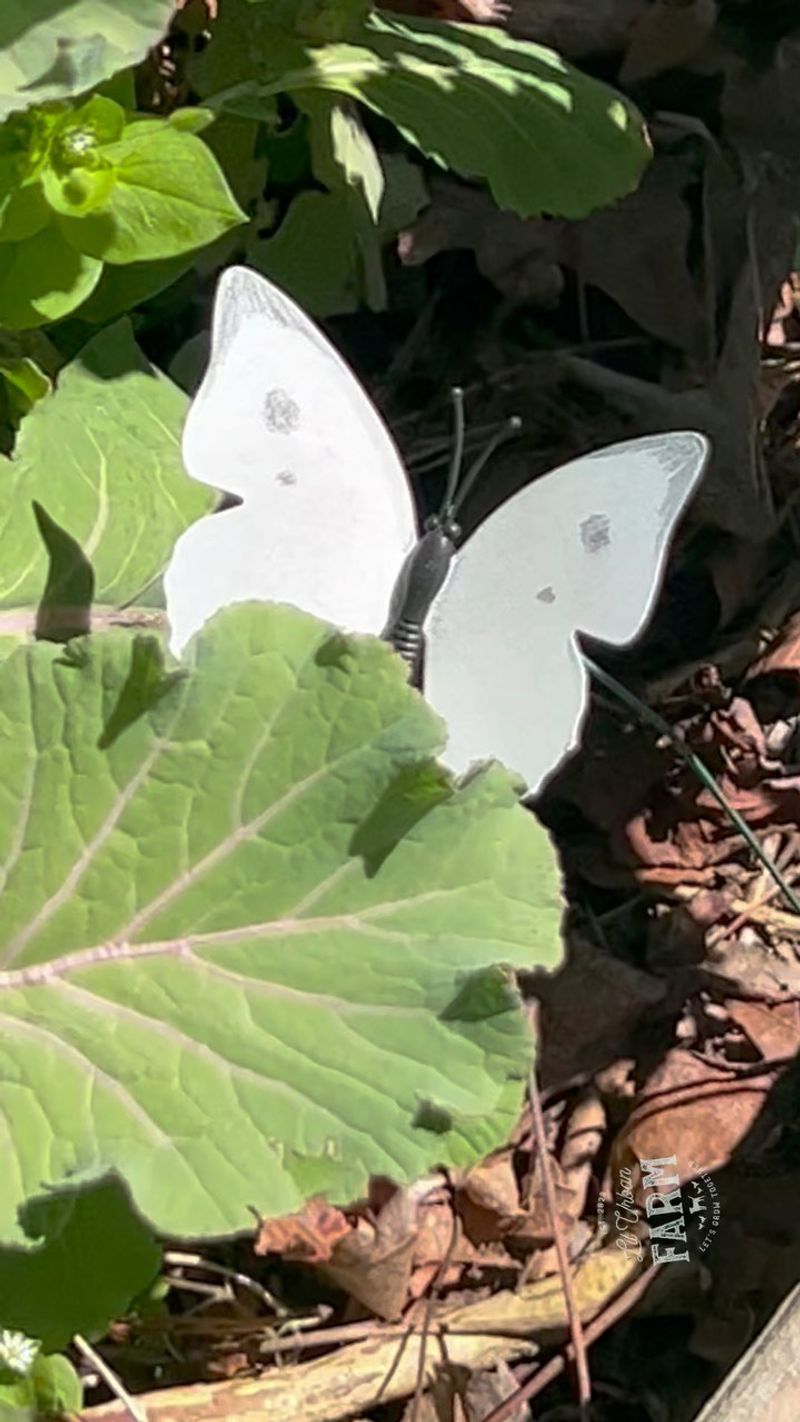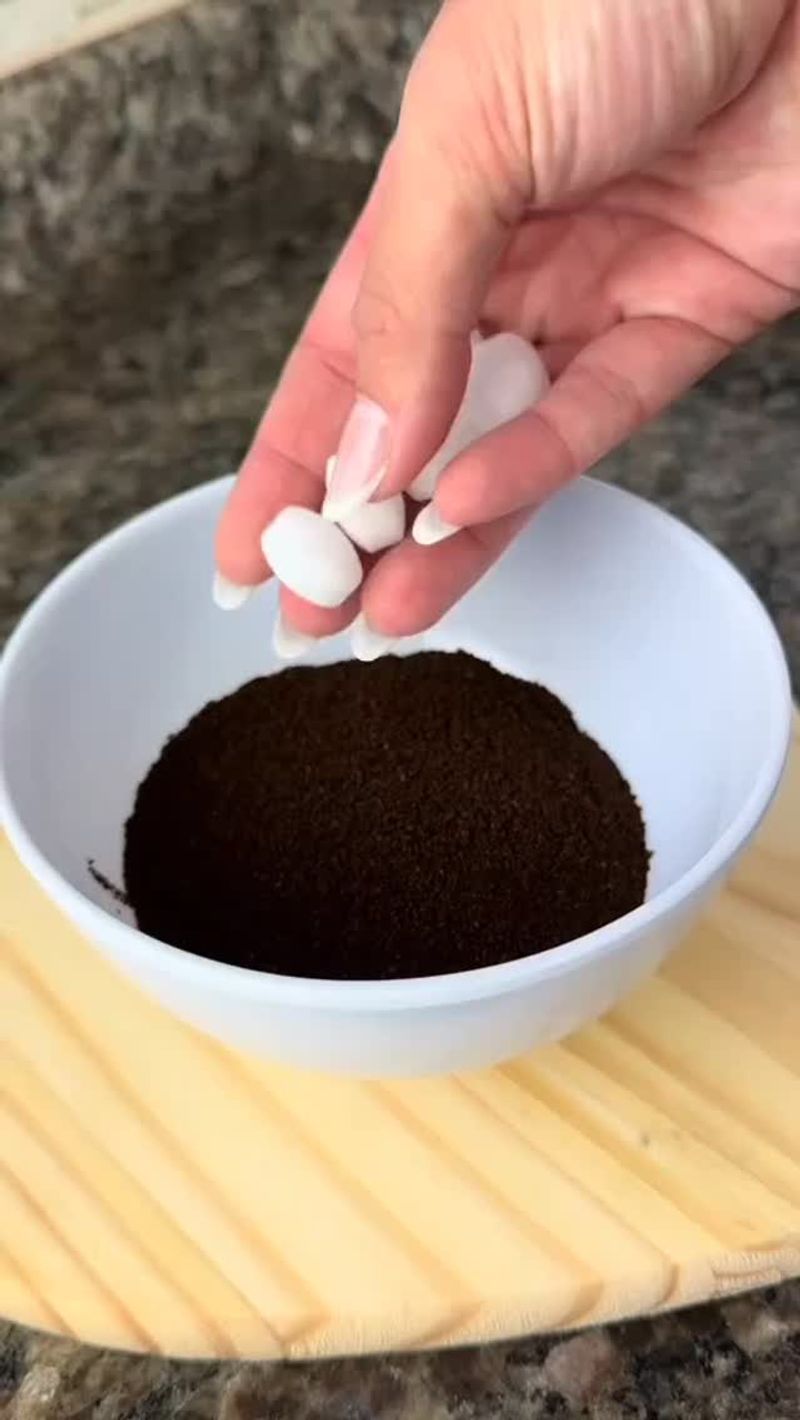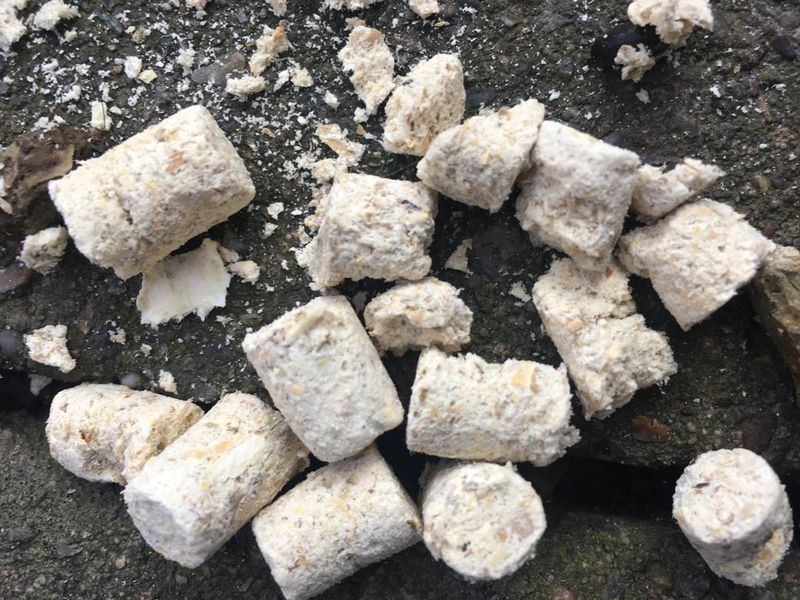Groundhogs may look cute, but they can wreak havoc on your garden in no time—chewing through veggies, digging burrows, and undoing your hard work overnight. But don’t worry, you don’t need traps or toxic chemicals to win the battle.
These 16 brilliant and humane strategies will help you reclaim your garden—and we’ll also show you 3 common mistakes that might be making your problem worse without you even realizing it.
1. Install Sturdy Fencing
Groundhogs are excellent diggers but not great climbers. A fence that extends at least 2-3 feet underground and stands 4 feet tall will create a solid barrier. The underground portion prevents them from tunneling under, while the height stops them from hopping over.
For extra protection, bend the bottom foot of fencing outward away from your garden. This creates an L-shape that frustrates digging attempts. Choose heavy-gauge wire mesh with openings smaller than 3 inches.
2. Apply Predator Urine
Groundhogs have powerful noses and stay away from areas where they smell predators. Sprinkling predator urine (like fox, coyote, or wolf) around your garden perimeter creates an invisible barrier they won’t cross.
The scent triggers their survival instincts, making them believe dangerous animals are nearby. Reapply after heavy rain or every few weeks. Most garden centers sell predator urine in granule or liquid form.
3. Remove Attractants
Groundhogs love hiding in tall grass, brush piles, and overgrown areas. Keep your yard tidy by mowing regularly and removing debris that could serve as shelter. Clear away fallen fruit and vegetables promptly.
Groundhogs prefer areas with multiple escape routes and hiding spots. By eliminating these safe zones, you make your property less appealing. They’ll likely move on to more hospitable territory where they feel secure.
4. Plant Groundhog-Resistant Flowers
Some plants naturally repel groundhogs due to their strong scents or textures. Marigolds, lavender, mint, oregano, and daffodils are rarely on a groundhog’s menu. Their strong smells confuse groundhogs’ sensitive noses.
Plant these protective species around the perimeter of your garden or intersperse them with vulnerable plants. As a bonus, many of these plants attract beneficial insects while keeping groundhogs at bay.
5. Create Noise Disturbances
Groundhogs are easily startled by unexpected sounds. Wind chimes, pinwheels, or a portable radio playing talk shows can keep them away. These timid creatures prefer quiet environments where they can hear approaching predators.
Move noise sources periodically so groundhogs don’t get used to them. Solar-powered ultrasonic repellers work well too – they emit sounds groundhogs hate but humans can’t hear.
6. Use Motion-Activated Sprinklers
Groundhogs hate sudden surprises, especially wet ones! Motion-activated sprinklers shoot a burst of water when they detect movement. The unexpected spray startles groundhogs without hurting them.
Position sprinklers around garden edges or near known entry points. The combination of sudden movement, noise, and water creates a multi-sensory deterrent that groundhogs quickly learn to avoid. Many gardeners report this method works after just a few encounters.
7. Apply Hot Pepper Spray
Groundhogs can’t stand spicy foods! Make a homemade repellent by mixing hot sauce or crushed hot peppers with water and a drop of dish soap. Spray this mixture on plants they typically eat.
The capsaicin burns their sensitive mouths and noses without harming plants. Reapply after rain or every few days. For stronger protection, commercial hot pepper sprays specifically formulated for gardens work even better.
8. Trap and Relocate Humanely
Live trapping offers a direct solution when other methods fail. Use a large wire trap baited with cantaloupe, strawberries, or fresh lettuce – groundhog favorites. Place it near active burrows or garden entry points.
Check traps frequently and relocate captured groundhogs at least 5 miles away in suitable habitat. Many areas require permits for trapping, so check local wildlife regulations first. Always wear gloves when handling traps.
9. Create Unfriendly Terrain
Groundhogs dislike walking on unstable or uncomfortable surfaces. Spreading gravel, crushed stone, or mulch with sharp pine needles around your garden creates a barrier they prefer to avoid.
Their sensitive paws find these surfaces unpleasant. For maximum effectiveness, create a 2-3 foot wide band of these materials around your entire garden. This simple physical barrier requires little maintenance once installed.
10. Employ Scare Tactics
Groundhogs are naturally cautious and easily frightened by predator-like objects. Realistic owl decoys, rubber snakes, or mylar balloons that move in the breeze trigger their fear response.
The key is movement and relocation. Static scarecrows eventually get ignored, so attach items that flutter in the wind. Move these deterrents every few days to prevent groundhogs from realizing they’re harmless.
11. Block Burrow Entrances
Stuffing active burrow entrances with materials groundhogs dislike encourages them to move elsewhere. Used cat litter, ammonia-soaked rags, or garlic-soaked cloth creates an unwelcoming home environment.
For a more permanent solution, fill abandoned burrows with a mixture of dirt and rocks. Always verify the burrow is empty before sealing it. Look for fresh dirt mounds or vegetation near entrances to identify active burrows.
12. Grow Plants in Raised Beds
Elevated gardens with hardware cloth bottoms create physical barriers groundhogs can’t penetrate. Build beds at least 2 feet high and line the bottom with wire mesh before adding soil.
The height makes it harder for groundhogs to climb in, while the wire prevents tunneling from below. As a bonus, raised beds improve drainage and reduce back strain while gardening.
13. Use Castor Oil Repellent
Groundhogs hate the smell and taste of castor oil. Mix 1/4 cup castor oil with 2 tablespoons dish soap and 6 cups water to create an effective spray. Apply around garden borders and reapply after rain.
The solution doesn’t harm plants but makes the area smell and taste terrible to groundhogs. For larger areas, commercial castor oil granules work well and last longer than homemade sprays.
14. Harvest Promptly
Ripe fruits and vegetables send irresistible scent signals to hungry groundhogs. Pick produce as soon as it’s ready rather than leaving it on plants. The less time edible treats spend in your garden, the less attractive it becomes.
Even slightly overripe fruits emit stronger aromas that draw groundhogs from surprising distances. Regular harvesting also improves plant productivity, so this tip benefits both your harvest and groundhog prevention efforts.
15. Utilize Blood Meal Fertilizer
Blood meal serves double duty – it’s both an excellent nitrogen fertilizer and a groundhog deterrent. The scent triggers danger signals in groundhogs’ brains, making them think predators are nearby.
Sprinkle blood meal around plants groundhogs typically target. Reapply every few weeks and after rainfall. Beyond repelling groundhogs, blood meal enriches soil and promotes leafy growth in your garden plants.
16. Plant a Decoy Garden
Strategic sacrifice can save your main garden! Plant groundhog favorites like clover, alfalfa, or peas in an area away from your primary garden. This decoy patch provides an easier meal than your protected main garden.
Position the decoy between known groundhog habitat and your main garden. This technique works especially well when combined with other deterrents around your primary growing area.
17. MISTAKE: Using Mothballs
Many gardeners try mothballs to repel groundhogs, but this creates serious problems. Mothballs contain naphthalene or paradichlorobenzene – toxic chemicals that contaminate soil and harm beneficial insects and wildlife.
These chemicals can leach into groundwater and damage nearby plants. Even worse, they’re dangerous to pets and children who might find and touch them. Effective groundhog control doesn’t require introducing these harmful substances to your garden.
18. MISTAKE: Flooding Burrows
Hosing water into groundhog burrows seems like a simple solution but creates multiple problems. Most burrows have multiple exits, so groundhogs easily escape while you waste water and potentially damage your yard’s drainage system.
Flooding can destabilize soil and create sinkholes or erosion issues. It may also drive groundhogs deeper into your property rather than away from it. This approach causes stress without solving the problem.
19. MISTAKE: Using Poison Baits
Poison baits pose serious dangers to pets, children, and other wildlife. Beyond ethical concerns, poisoned groundhogs may die inside inaccessible burrows, creating terrible odors and potential disease risks.
Secondary poisoning occurs when predators eat poisoned groundhogs. Many regions have laws against poisoning wildlife, resulting in potential fines. Humane deterrents are more effective long-term solutions that don’t create these serious risks.


